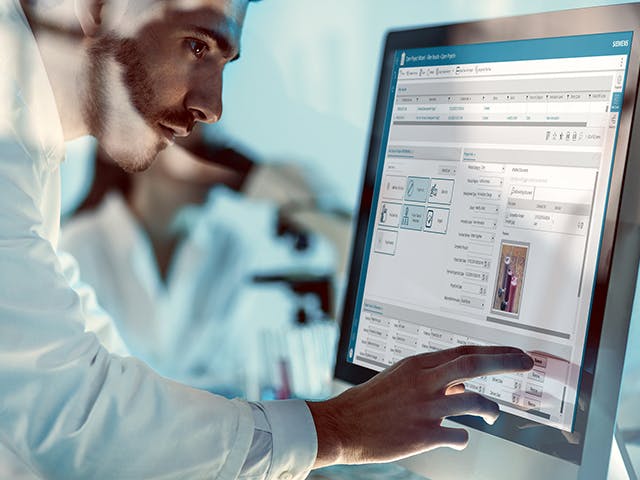Ewidencja partii głównej ma na celu zapewnienie, że producenci stosują właściwe składniki i właściwe procesy we właściwej kolejności, aby produkt był zgodny z jego przeznaczeniem. Kluczowym rezultatem jest to, że charakterystyka i wydajność produktu są takie same w każdej partii. Historycznie rzecz biorąc, zapis partii głównej był generowany i przechowywany na papierze. Korzystanie z oprogramowania do tworzenia i zarządzania elektronicznym rekordem partii głównej przynosi wiele korzyści: dostępność, łatwiejsza kontrola wersji, możliwości egzekwowania zgodności, mniej błędów i większa wydajność, by wymienić tylko kilka. Oprogramowanie do ewidencji partii głównej jest częścią systemu realizacji produkcji (MES) i jest bezproblemowo zintegrowane z zarządzaniem przepływem pracy MES. Ta integracja usprawnia operacje produkcji wsadowej. Rekord partii głównej jest tworzony przez odpowiedni personel techniczny. Oprogramowanie MBR umożliwia tym osobom efektywne projektowanie, wykonywanie, przeglądanie i publikowanie rekordu partii głównej dla każdego produktu i wielkości partii. Jak sama nazwa wskazuje, główny rekord partii (lub główny rekord produkcji lub główna formuła produkcji) określa planowaną produkcję produktu. Dla każdej partii, która następuje po rekordzie partii głównej, tworzony jest elektroniczny rekord partii (eBR). To, co określa zapis partii głównej, jest tym, co ma się wydarzyć; Elektroniczna ewidencja partii dokumentuje, co faktycznie wydarzyło się podczas produkcji pojedynczej partii – jaka partia materiału, konkretny sprzęt i operatorzy byli zaangażowani; czas trwania każdego etapu; próbki i wyniki testów; i tak dalej.
Powiązane produkty: Opcenter Execution Pharma | Opcenter Execution RD&L


